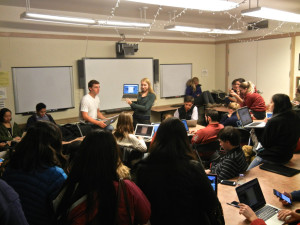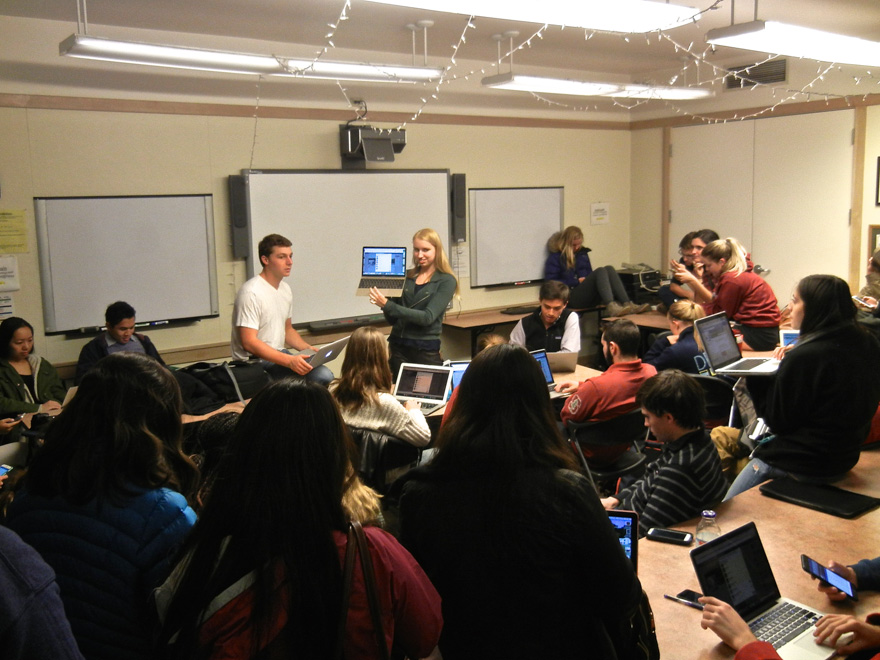
Building on its initiative from last year to be more inclusive of the student diversity on campus, Stanford in Government (SIG) has formed a new diversity and outreach committee to streamline its partnerships with other student groups.
The committee formed as a result of a combination of factors, according to Tim Hegedus ‘17, director of diversity and outreach. Under Robert Chun ‘16, the chair for this academic year, SIG made a push to reexamine its mission statement and take into consideration the widespread discussions regarding issues such as Israel-Palestine and Black Lives Matter campaign.
“We acknowledge that last year there was a lot of action happening on campus and a lot of that was centered on policy,” Hegedus said. “And we’re of the belief that passion for a topic should be encouraged.”
The diversity and outreach committee is an extension of SIG’s efforts to reach more members of the community. Just last year, SIG formed a Public Policy Forum (PPF) to create a discussion space for students. Events such as the Oval Office talk in late October, during which members presented a series of updates on policy issues happening around the world, allow a multitude of issues to be discussed.
Diversity and outreach is also in the process of meeting with the leadership of 26 different student groups including all the Students of Color Coalition (SOCC) groups, First-Generation Low Income Partnership (FLIP) and Fossil Free Stanford, among others.
J Street U Stanford was one of the organizations reached out to by the committee. Together, the two groups want to encourage conversation and cultivate a culture of mutual respect.
“I want to see good effort from groups that are involved in facilitating political conversations to reach out to as many voices as possible,” said Julia Daniel ’17, J Street U Stanford co-president. “The specific conversations should not be turned into a political battlefield full of ad hominem attacks.”
The diversity and outreach committee also met with Stanford National Association for the Advancement of Colored People (NAACP), even though the two groups did not have any previous history of working together, according to NAACP president Trevor Caldwell ‘17.
“I appreciate that they’re being proactive in reaching out to different groups,” Caldwell said. “It starts the year off on a good foot.”
Although supportive of this partnership, Caldwell mentioned that some events have to be vetted more carefully since they may not reflect NAACP constituents’ views or values.
“If it’s the same banter and mainstream criticism that members have heard in the past, then I don’t think our members should be required or encouraged to attend,” he said.
SIG members acknowledged areas for improvement as well. Anna Blue ‘16, vice-chair of programming, cited previous events with professors who presented “really strict and inflexible viewpoints” as something SIG sought to amend through PPF.
“[People wondered] about the in-between and the gray area, so PPF is to really address the gray area, to give people space to advocate,” Blue said.
While moving forward with these new programs, SIG continues to define and uphold its role as a nonpartisan group.
“A nonpartisan organization doesn’t mean that no partisan views should be expressed,” Hegedus said. “It means there should be a diversity of partisan views that should be expressed.”
Contact Ariel Liu at aliu15 ‘at’ stanford.edu.
